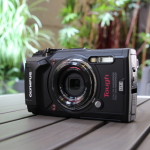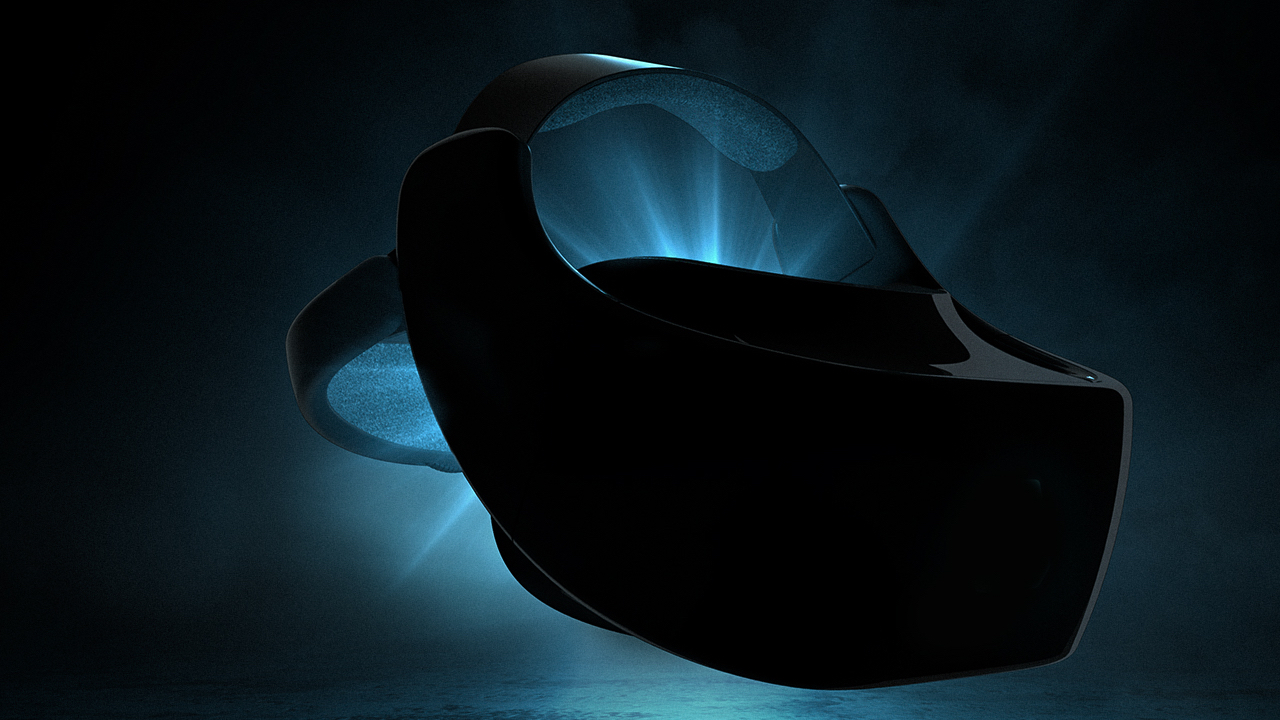
Update: During Google IO 2017, the firm announced a well-documented and significant move forward for Daydream: standalone headsets. Read more about how it’s all expected to work and who’s involved below.
Daydream is Google’s latest attempt at bringing VR to mobile devices, and it’s quite different than Google Cardboard, to say the least.
Unlike Google’s somewhat-disposable VR headset, which aimed to get people in the VR door with a low cost and lenient power requirements, Daydream is a more robust vision that has its sight set on providing higher-quality experiences to Android Nougat, and soon Android O, users.
Beyond even that, though Google is working with partners like Qualcomm, HTC and Lenovo to develop Daydream headsets that are completely free of phones, PCs and wires.
In short, Daydream is all about bringing exciting and absorbing VR experiences to those who can’t afford a HTC Vive or Oculus Rift. Here’s everything you need to know about it.
Cut to the chase
- What is it? Google’s VR platform
- When is it out? Now
- What will it cost? $79 (£69, about AU$104) for the View
Daydream View headset
Want to get started with Daydream? Google has its own headset that you’ll be able to use with Daydream-ready phones. It’s called Daydream View and, unlike other VR headsets we’ve seen before, it has a material design … just like the Android operating system. There’s a latch on the front to slide your phone in and the controller for the headset is included.
Last year, Google invited other device makers to create their own Daydream headsets. This year, at Google IO 2017, it was made obvious that said device makers responded, with dedicated, standalone Daydream headsets in works by HTC and Lenovo. But, more on that in a bit.
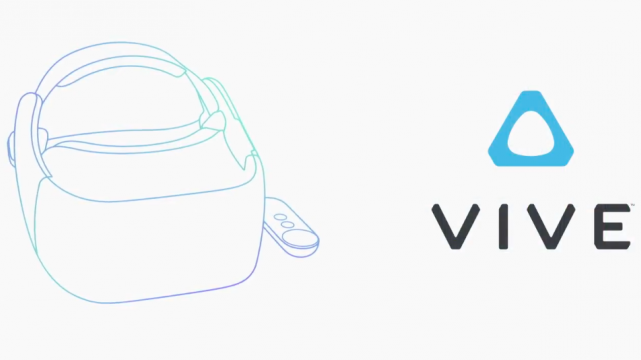
Daydream goes independent
During Google IO 2017, the firm officially confirmed the well-reported rumor that it would be launching standalone Daydream headsets with select hardware partners.
This means that all of the parts needed to drive the Daydream experience will be found inside these headsets. No need for a phone, PC or even any cables.
Google has worked with Qualcomm to develop a reference design for its Daydream headsets. While the company didn’t have much to say or show of this reference design device, Google did tease that both HTC (seen above) and Lenovo (seen below) are working on standalone Daydream headsets based on this reference design.
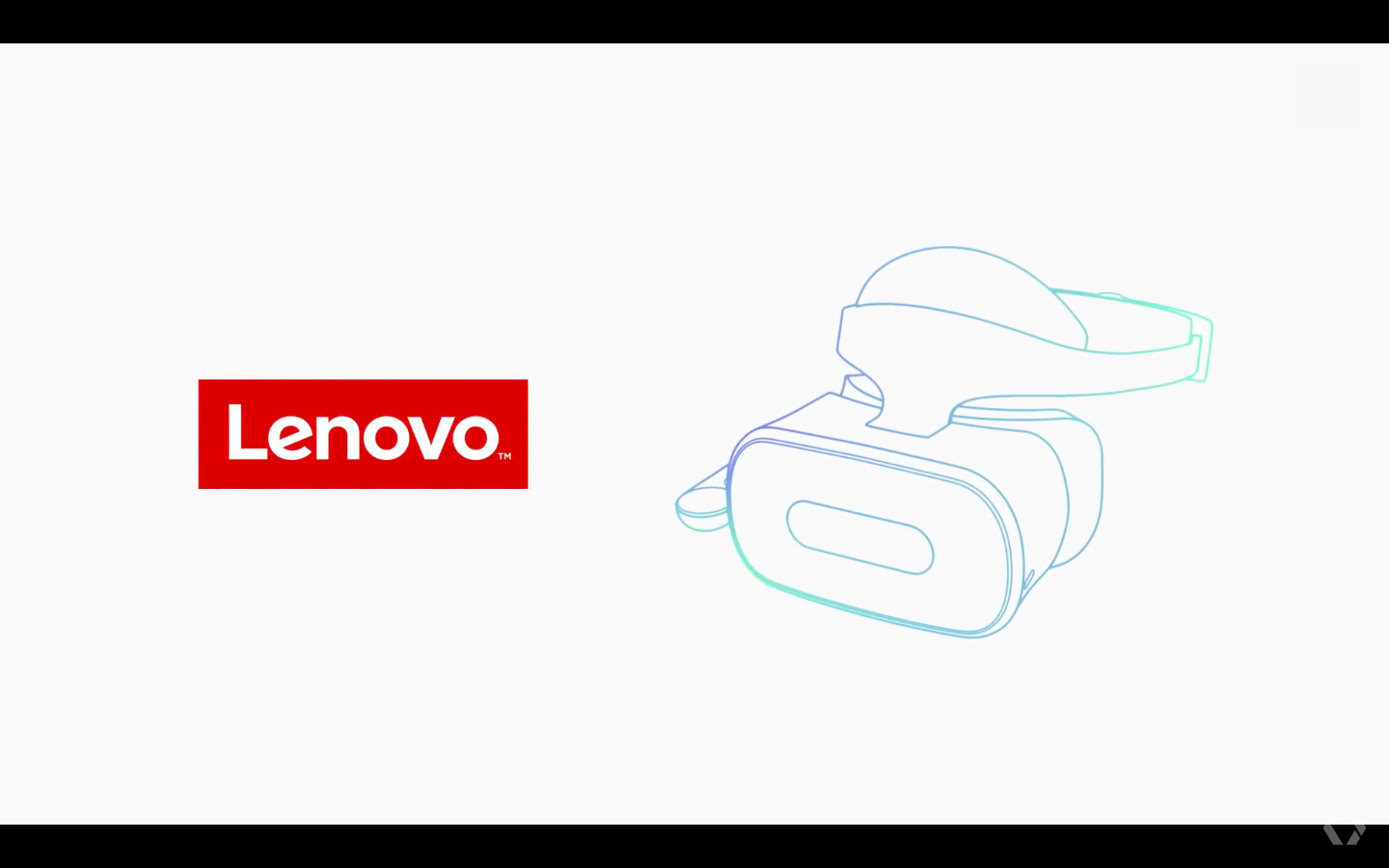
Both headsets are made possible by Google’s new WorldSense tracking technology, a series of sensors that provide all of the motion tracking and sense of presence that, say, a smartphone’s sensor array would.
HTC hasn’t said much of anything about its Daydream device other than it will be considered part of the Vive family. Lenovo, however, has already dubbed its device the “Lenovo + Daydream,” but we’ll see whether that sticks.

What can Daydream View do?
On Android phones, Google Daydream will run apps and games downloaded from the Play Store, making it easy to find experiences to use on your headset. According to Google, by the end of 2016 there were over 50 apps and games available on the platform.
That includes a Fantastic Beasts and Where To Find Them tie-in experience as well as an app called Star Chart that allows you to explore the solar system as you look around. Google has also released a shooter game from the makers of EVE called GunJack 2.

Netflix, HBO and Hulu all have Daydream-ready apps available now, plus The New York Times has launched an app, too, for its VR videos.
Plus, Google has also made its own apps compatible with the Daydream platform. That includes Play Movies, Photos, Maps and YouTube.
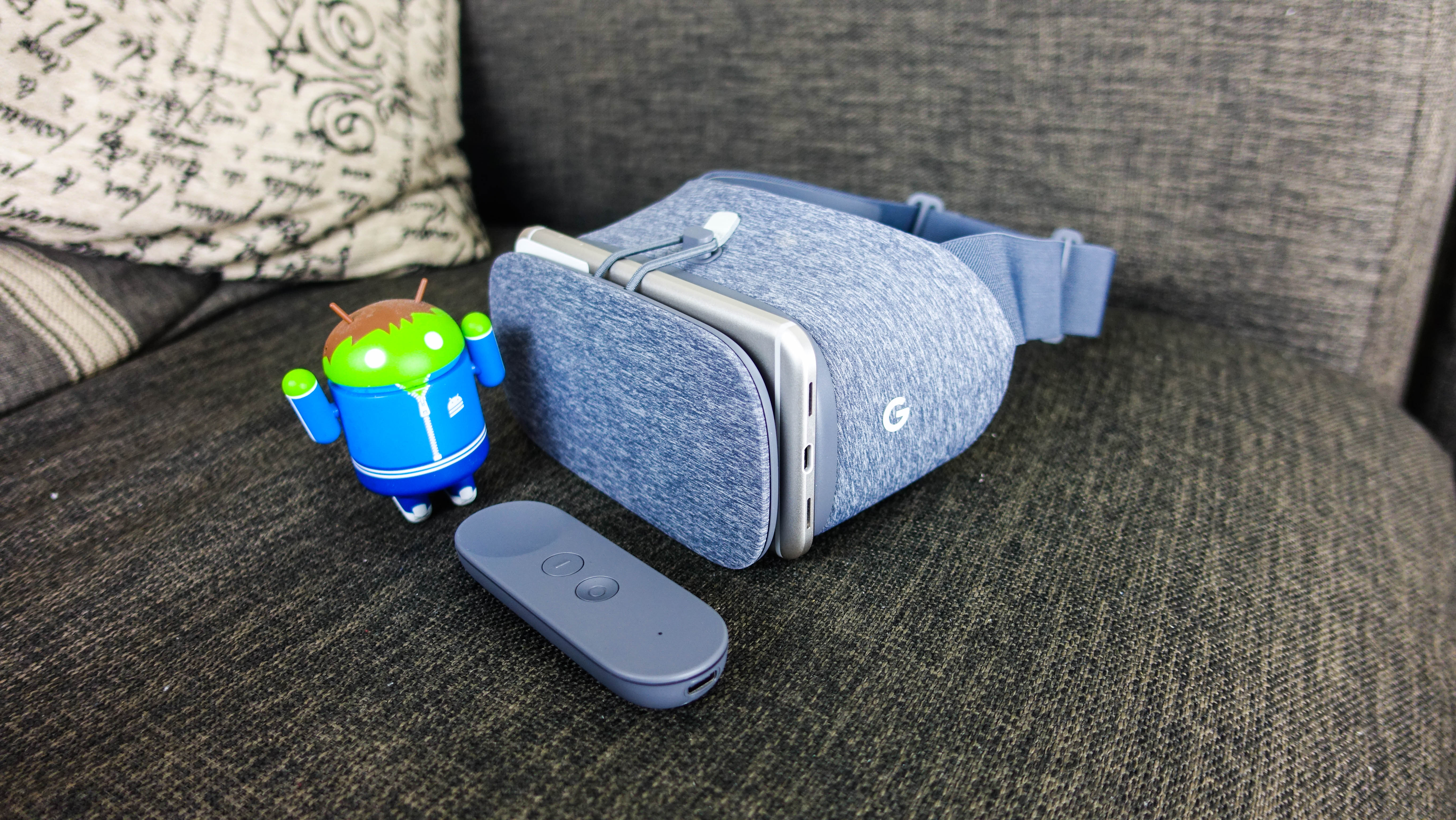
Design
The Daydream View headset shown off by Google is the only option for Daydream VR right now. But, again, it’s also letting other companies take hold of the tech, which will likely result in a variety of different looking headsets.
Google’s Daydream controller, which resembles a Wii remote, shares some common physical traits from the latest Apple TV touch remote.
Connected via Bluetooth without any settings menu fiddling required, this remote has two buttons, a volume rocker and a clickable top trackpad.
It’s also motion controlled, so everything from adventure games to racing games have you steer characters and go karts with by tilting the remote.
Casting spells in the Harry Potter-like ‘Fantastic Beasts’ felt natural, even if the experience itself is rather boring. Your magical wand makes it worth trying out.
When you’re done, the remote neatly tucks away inside the VR headset via an internal strap. Despite the remote’s small size, you actually might not lose it.

There’s also an entire user interface within Daydream that’s ripe for discussion.
The Daydream hub looks refined and quite similar (OK, almost exactly the same) to the Oculus Home found within the Oculus Rift and Samsung Gear VR. You’ll use the motion controller to navigate the menus and swap between apps, games and movies.

As Daydream is deeply integrated into Android Nouga and O, Google has put the entire Play Store within view while wearing a Daydream headset.

The Google Play Store takes on a familiar look in the VR space, with each individual app having its own rating and description. Google has also added the level of motion that you’ll experience within each app, just so that you know what sort of immersion you’re about to get yourself into.

Performance
Daydream requires these three pillars in order to be a viable VR option: smartphones that are optimized for VR, with a high quality system on chip (SoC) to maintain 60 frames-per-second playback, low persistence displays to eliminate ghosting and lag, and finally, top-notch sensors that operates with minimal latency to boost the sense of presence.
So, what sort of performance can we reasonably expect out of it? Well, you’d be right to think that it really depends on the power of the phone that’s inside.
Google’s new Pixel and Pixel XL phones pack a Qualcomm Snapdragon 821 processor and 4GB of RAM as well as running a FHD (1080p) screen on the Pixel and a QHD (2K) screen on the Pixel XL. You can bet that these devices will be primed to push high-quality VR experiences.
As time goes on, bringing more powerful systems on a chip (SoC) and pixel dense screens along with them, Daydream could begin to play ball on the same court as PC-tethered headsets.
Unity and Epic have each loaned their support for Daydream, which opens the door for game developers to push their next projects out for Google’s new VR platform.
In making Android Nougat and O as VR-friendly as possible, the Daydream team worked closely with the core Android team to build VR mode, consisting of some new features that will help squeeze high levels of performance out of your daily driver.

First off, low latency support is featured in Android Nougat to help your actions, like head or controller movements, appear onscreen with minimal delay. Next up, there’s a new sustained performance mode to help phones stay at that high level of performance for a longer duration of time than we’ve seen previously in Cardboard, a notorious battery sucker.
Nougat takes full advantage of your Daydream Ready phone’s sensors with new head-tracking algorithms. And, to keep you in the viewer when a call or text comes through, Google has ported several elements of Nougat’s user interface into Daydream.
Update: Google announced during Google IO 2017 that both the Samsung Galaxy S8 and Samsung Galaxy S8 Plus, as well as the LG G6, will support Google Daydream by this summer.
Google Daydream is baked into the OS on the Pixel, Pixel XL, as well as a few of the latest Moto Z devices.
Google has also confirmed Samsung, Huawei, Alcatel, Asus, HTC, LG, Xiaomi and ZTE will produce phones that are “Daydream ready.”
Here’s the growing list of devices that support Google Daydream.

ZTE Axon 7
The Axon 7 stuns with its 5.5-inch AMOLED display that runs at 2,560 x 1,440. This resolution will provide a more crisp experience than a 1080p screen, much like the ones you’ll find on the OnePlus 3 and Nexus 5X.
A bleeding-edge display is a crucial ingredient in modern VR, but the Axon 7 also looks to offer up plenty of power to back it up.
It will launch with two variations: one with 4GB RAM and another with 6GB RAM. Each will feature the Qualcomm Snapdragon 820 clocked at 2.2GHz.
The Nougat 7.1 update has yet to land on the Axon 7, but during CES 2017, Google and ZTE announced that it’s coming very soon. And, with its low price tag, it’s one of the cheapest ways to get in the Daydream door.

Google Pixel and Pixel XL
Google’s Pixel and Pixel XL launched alongside the Daydream View headset, and among the other compatible devices, will currently provide the best VR experience thanks to their Snapdragon 821 and 4GB RAM outfit.
These phones, while totally capable now and in the future, will likely be outpaced early in 2017 with the incoming Snapdragon 835 system-on-a-chip.

Moto Z
The multi-talented Moto Z and the Verizon-exclusive Moto Z Force are now compatible with the Google Daydream View.
Each is stocked with the Snapdragon 820 and 4GB RAM, and shine with 2,560 x 1,440 QHD displays, which make them ideal candidates for mobile VR.
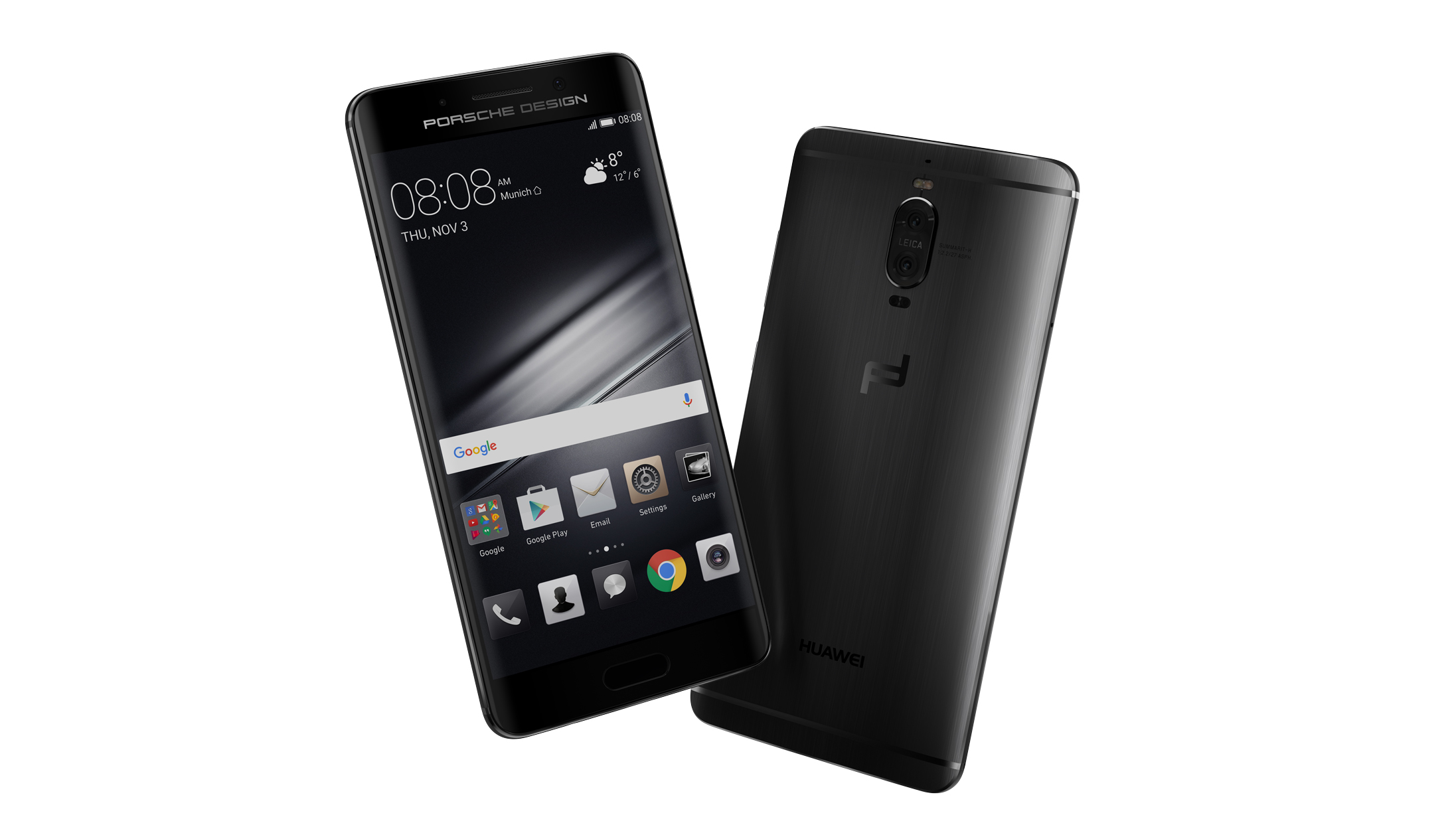
Huawei Mate 9 Pro
While this phone is very similar in specifications to the Huawei Mate 9, it boasts a QHD AMOLED screen instead of FHD LCD used on the lower-end Mate 9, which makes it a prime candidate for Daydream compatibility.
Unlike the other options, Huawei’s bucks the Snapdragon SoC in favor of its own Kirin 960 octa-core system on a chip. Paired with 6GB of RAM, this is one of the best ways to experience Daydream VR.
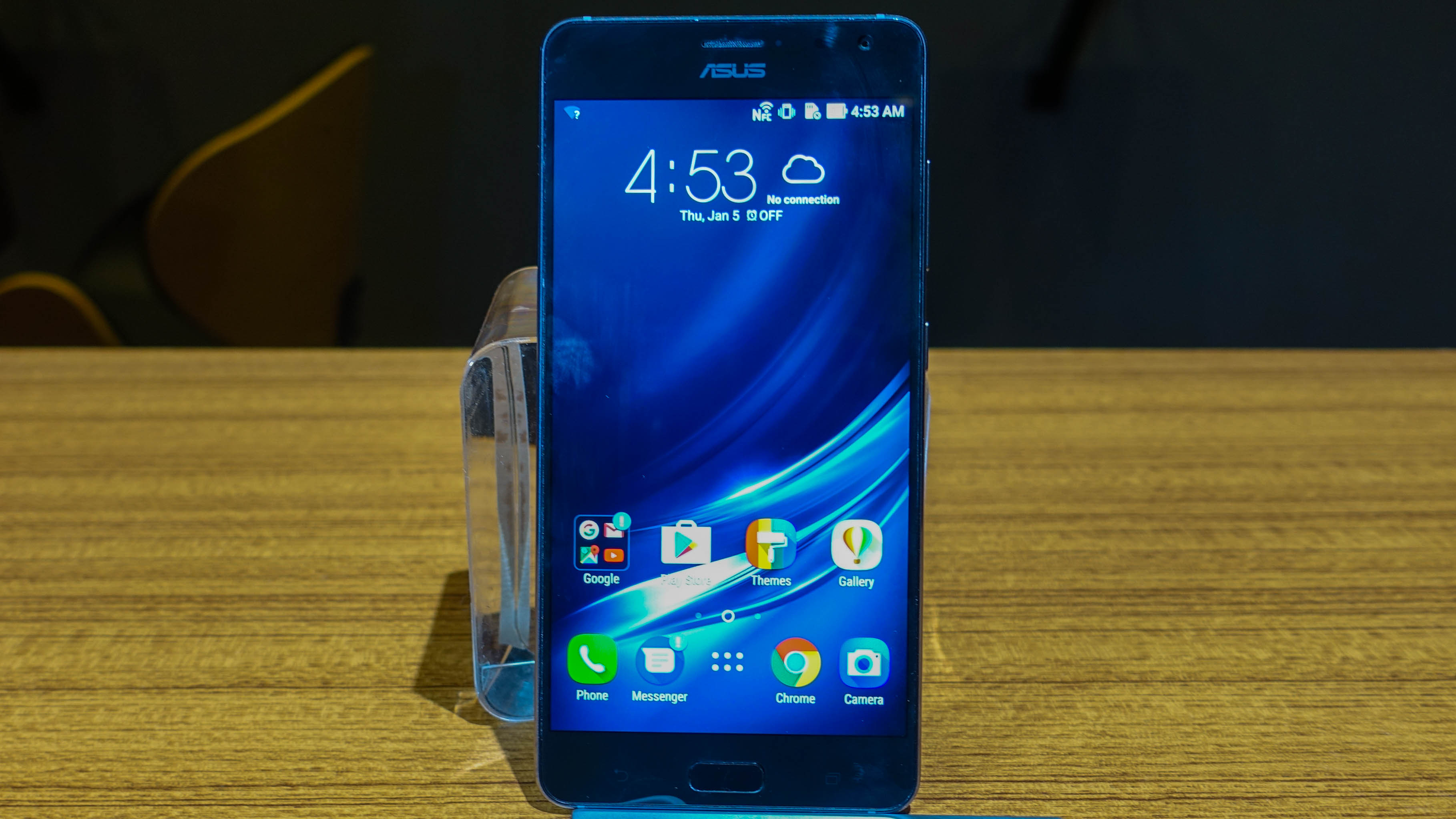
Asus ZenFone AR
The Asus ZenFone AR debuted at CES 2017 and is one of the most impressive phones to run Daydream. It houses a Snapdragon 821, like the Google Pixel and Google Pixel XL, but also comes in 6GB and 8GB variants.
It features a QHD Super AMOLED display to allow for rich colors and deep blacks, a necessity for Daydream VR.
What’s most impressive is that the ZenFone AR is also Tango-compatible with its dual-camera setup on the phone’s rear.
No official pricing or release date information has been provided, but look for this phone sometime before 2017 is halfway through.
Source: techradar.com






































